![]()
![]()

Licensed Landscape Architect and Consultants
Florida License No. 0001760
FLORIDA BUTTERFLY GARDENS
|
Okay! Brace yourself for what I’m about to reveal. Butterflies are in fact cold-blooded insects. I said it! The cat has exited the bag! This is an important fact to know however because it explains why butterflies act the way they do. Like lizards, butterflies can sometimes be seen sunning themselves on rocks. This is because in order for a butterfly to take to the skies, it must use the Sun’s rays to keep its blood warm. That’s also why butterflies become more active during the summer. Butterflies are most commonly seen feeding on the nectar of flowering plants. This also aids them in flying. A butterfly’s body processes sugar from the nectar, giving the butterfly the energy it needs to stay aloft. A butterfly’s wings are very delicate and must stay dry in order to fly. This impedes them from being able to access water sources such as rivers and lakes. Butterflies can be seen drinking from puddles of water that accumulate in tiny impressions in the soil. This behavior is aptly named puddling. To provide a water source that does not dry up quicly, place a natural stone in your bird bath so that the birds can splash water onto it and the your butterflies can utilize the source. Since butterflies are so frail, they prefer areas sheltered from the wind. You can achieve this in your butterfly garden with proper planting. Tall grasses and shrubs may provide adequate protection. Allow one of your Florida Fire Bush plants to grow to the size of a tree, this will provide further protection from the wind and a place for roosting. While butterflies feed on the nectar of flowering plants, various species of butterflies feed on different types of plants. Spend some time prior to starting your butterfly garden observing the butterflies in your neighborhood, and the plants they are attracted to. Try planting those types of plants in your yard. This will give you a great start, but if you want to attract new types of butterflies you’ll need to vary your plantings. An effective butterfly garden should include a variety of plants. Plants are important not just for the feeding of butterflies but also to caterpillars. If you’d like to keep butterflies in your butterfly garden year around, it is a good idea to include some host plants for them to lay their eggs on. These host plants provide shelter and nourishment for hatching caterpillars. While these plants are different from those that butterflies feed on, host plants and nectar plants should be planted close together in your butterfly garden, as butterflies prefer to lay eggs close to the flowers their young will one day feed on. The types of plants you choose to place in your butterfly garden will depend on the types of butterflies you wish to attract. Once you’ve chosen the correct placement and planting for your butterfly garden, maintaining it should remain fairly hands off. Over time, host plants may begin to look chewed up and can be replaced during butterfly season. Remember that butterflies are insects and spraying your yard with insecticides and other chemicals will kill them. Stop any chemical treatments that may be hindering your butterfly garden. It may take several weeks before you see any butterflies, but give it time and you should see them return. When you stop using harmful chemicals in your garden you may also notice an increase in bee populations and an increase in your vegetable production. With limited pollinators present many gardens do not experience their full production potential. If after some time you still don’t see any butterflies or would just like to see more, there are alternative methods of luring them to your garden, such as sugaring, butterfly feeders, and butterfly houses. There are endless recipes for sugaring but most involve some combination of sugar and rotten fruit, stale beer, or anything else that will ferment to create a strong sweet smell. Part of the fun might be creating your own recipe. Another choice is to buy nectar, which can be used to fill butterfly feeders and entice other butterflies to visit your garden. These are options yet tend to be troublesome, with the proper plantings and ceasing of chemical kills, you will experience an abundance of butterflies without all of the fuss. Butterfly houses have thin slits which allow butterflies access, providing a shelter and keeping other animals out. They are easy to install and can be used in any butterfly garden. Ensure that you have trees for roosting such as citrus or Fire Bush. Trees with larger leafs to protect your butterflies from the rain work best. Make a mental note of where your butterflies roost and make efforts to avoid disturbing them during a rain or at night. At LALA, we have had pleasure of designing numerous successful butterfly gardens that bring the butterflies back again and again. We enjoy the emails from clients, who report when a species of butterfly arrives that they’ve never seen before, or when the caterpillar they’ve watched emerges from its chrysalis, dries its wings, and takes flight for the first time as a beautiful butterfly. For those who would like to enjoy their own butterfly gardens, but don’t have a green thumb, LALA offers solutions. Thinking about having LALA draw up plans for your next residential or commercial project? We would be glad to incorporate butterfly gardens into any of our custom landscape designs. Just ask. LALA can provide fully signed and sealed construction documents, accompanied with plant lists, cost estimates, and everything else you need to “get your garden on”. LALA is offering something new! Coming soon, clients that want to have the experience of their own butterfly garden, but don’t necessarily need a custom butterfly garden, will have the option to purchase plans for pre-designed, original butterfly gardens from Land Art Landscape Architecture. While we’ve never done this before, we see this as a chance for us to improve upon the big landscape and bring professional design to a larger audience. New butterfly gardens are being created, so look for updates soon! To inquire about purchasing a custom butterfly garden design by Land Art Landscape Architecture Contact Us To inquire about obtaining a butterfly garden template plan by Land Art Landscape Architecture Contact Us |
MORE PLANTS
about
projects
pools
plants
opinion
contact
main
MORE PLANTS
BUTTERFLY PLANTS
| FIRE BUSH Hamelia patens |
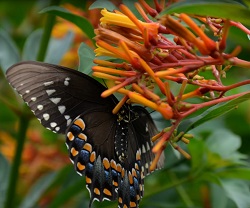
|
|
| GOLDEN DEWDROPS Duranta erecta |
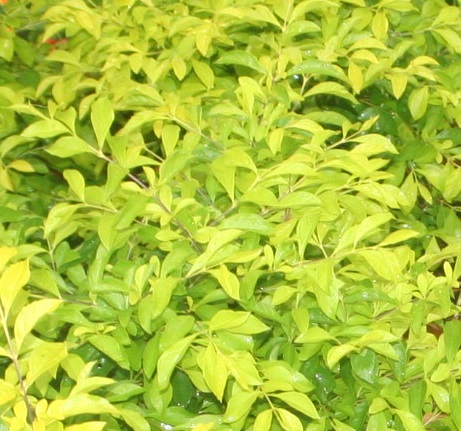
|
|
| PLUMBAGO Plumbago auriculata |
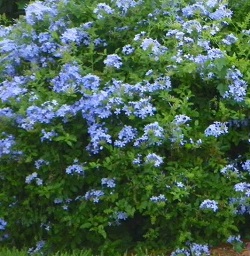
|
|
| LANTANA Lantana montevidensis |
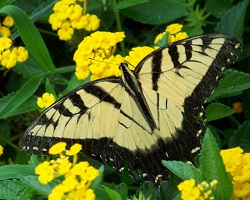 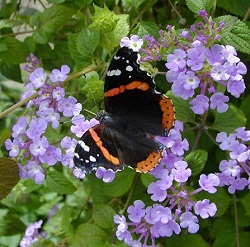 
|
|
| PENTAS Pentas lanceolata |
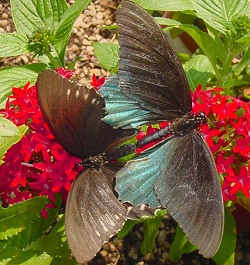
|
|
| RED TEXAS SAGE Salvia coccinea |
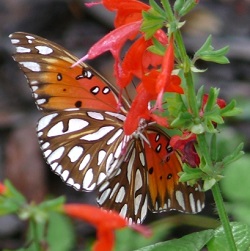
|
|
| BLUE SALVIA Salvia farfinacea |
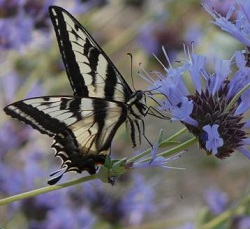
|
|
PALMS
::
TREES
::
TROPICALS
::
SHRUBS
::
GROUNDCOVERS
::
ANNUALS
::
PERENNIALS
::
GRASSES
::
VINES
::
WATER PLANTS
::
BROMELIADS
::
SUCCULENTS